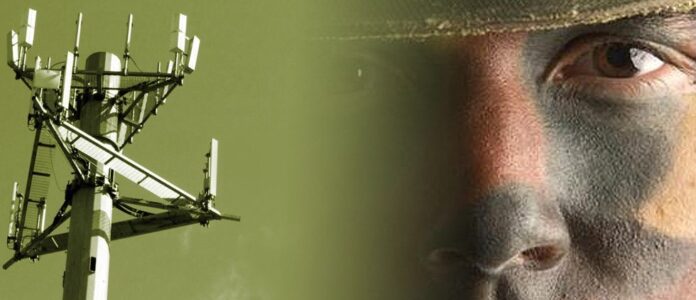As the nation’s jobless rate shows tentative signs of improvement, the unemployment rate for veterans continues to exceed the national average. Meanwhile, wireless infrastructure is expected to generate 1.2 million new jobs during the next five years, many of which will be hard to fill.
“Labor is tight as a drum in this industry,” said Jonathan Adelstein, president of PCIA, the wireless infrastructure industry trade group. “So we’re going to step up our efforts to increase training programs to meet that demand.”
As wireless carriers add antennas and radios to towers to meet the exploding demand for data, the industry needs climbers. “We’re starting with a curriculum for tower climbing; the biggest shortage is for tower crews,” said Adelstein. “But we’re evolving the curriculum, because not everybody wants to be working at 200 feet, and we have other demands in the industry, for small cells and DAS deployment, for RF engineering, for site acquisition, for project management. The industry has shortages across the board, and there’s a lack of formal training.”
PCIA is partnering with the Veterans Administration, Warriors4Wireless, and select technical and four-year colleges to create formal training programs that will lead to jobs in wireless, particularly for veterans. “We’ve got to get the people that served our country jobs, and they are the exact people we want in the wireless workforce,” said Adelstein. “They are responsible, they are safety-oriented, team-oriented, they follow the protocols and they’re leaders.”
The first training program launched at Aiken (S.C.) Technical College, and the next one will be Virginia State University. Most participants are veterans, and many are taking advantage of the GI bill to pay for part of their training.
Follow me on Twitter.

Wireless infrastructure: tower training program focuses on veterans
ABOUT AUTHOR
